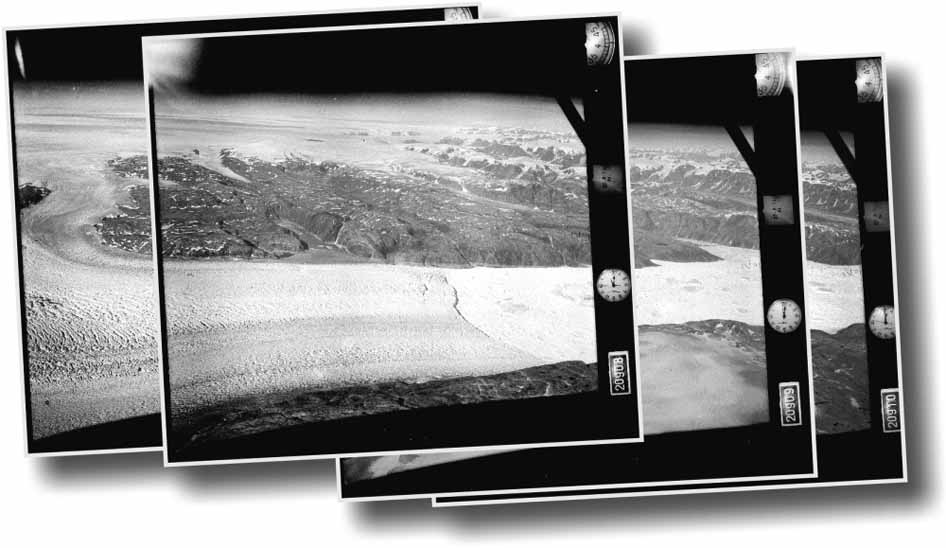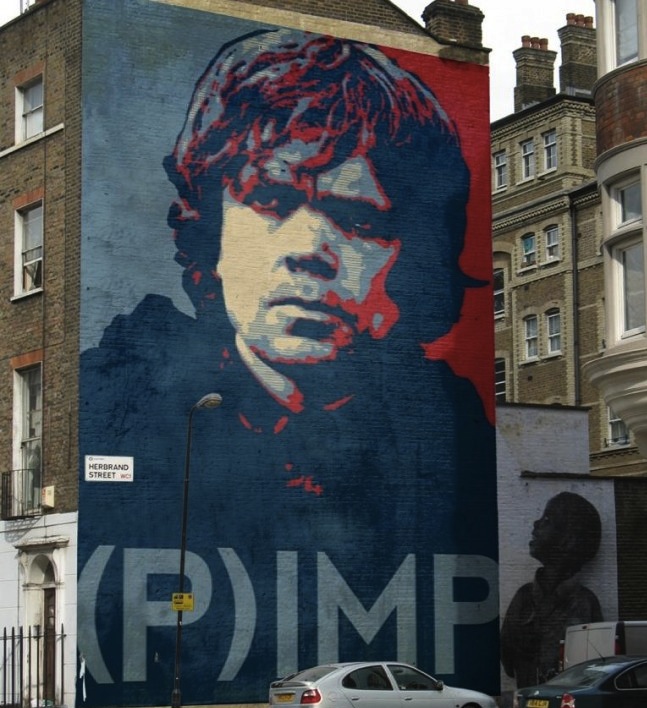
80-year-old photos of the Helheim Glacier.
While cleaning out a basement at the National Survey and Cadastre of Denmark, researchers found a box full of glass photo plates from a 1930s expedition to Greenland. The forgotten photos showed detailed aerial and ground-level pictures of 132 Greenland glaciers — which allowed scientists to study how the glaciers changed over a much longer period than was previously possible. The verdict? Many glaciers in the 1930s were actually melting even faster than they are today.
Well hang on, what gives, basement photographs? Are you global warming denialists, like most other things born in the 1930s and left to gather dust for 80 years? Not really — what the new information shows is that glaciers are sensitive indicators of climate. The 1930s were uncharacteristically warm too, so they saw glacial melting. Mild cooling in the mid-20th century let the glaciers freeze back up again, and the accelerating climate change of the 2000s restarted the earlier melt. Glaciers that terminated in the sea froze faster and, when warming resumed, melted faster — suggesting that, at least up to a point, they’re hair-trigger barometers of global temperatures.
The new information doesn’t really change our understanding of how or why climate change happens. But it offers concrete long-term data for one of the ways that warming changes our natural world, data that we’ve previously had to approximate. And apparently it’s just been sitting in a box in a basement all this time. Excuse me while I go clean out my closet in the hopes of finding the Higgs boson in a milk crate.



